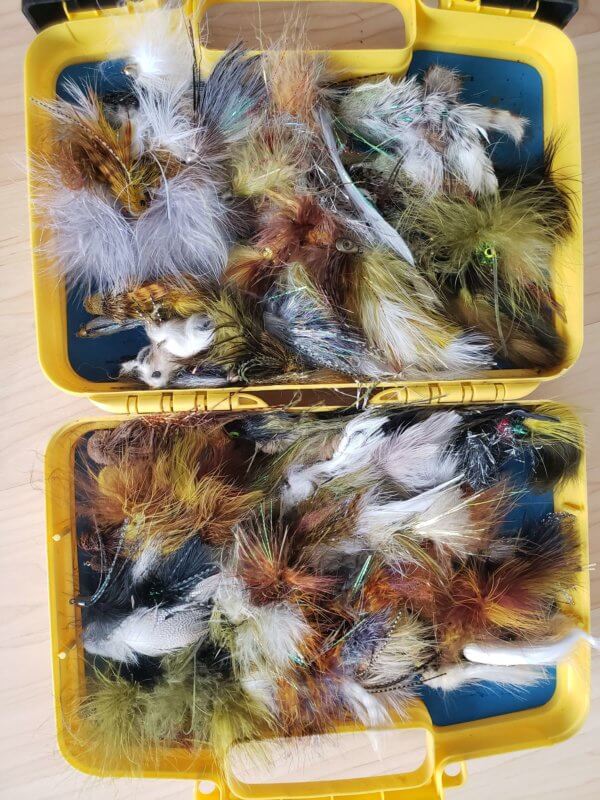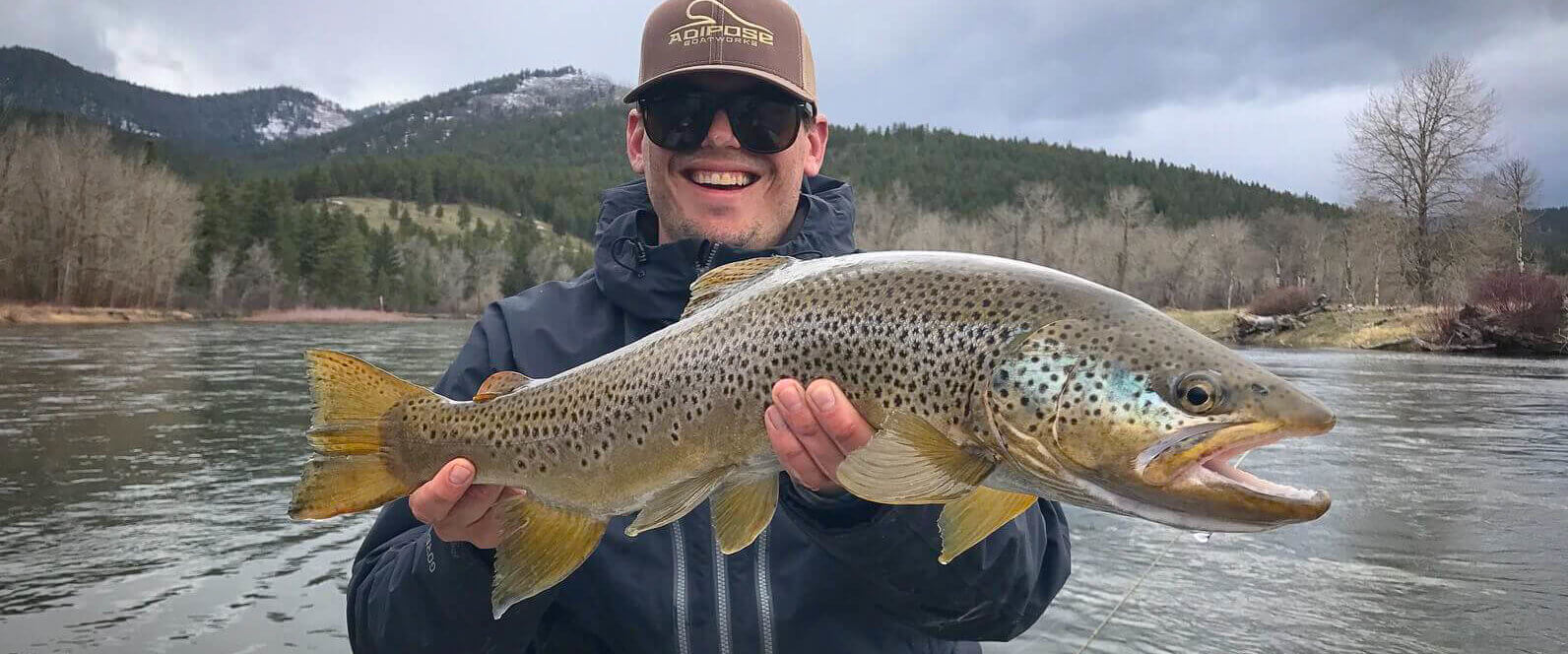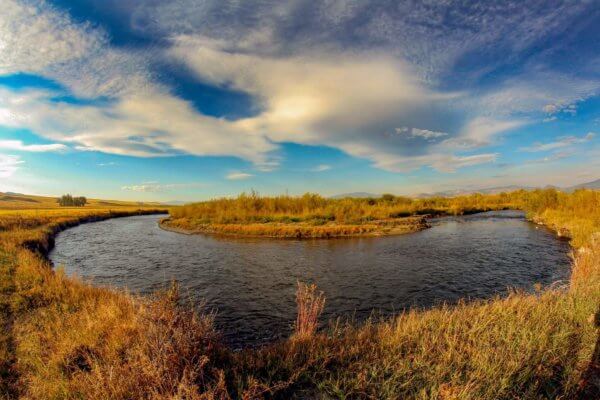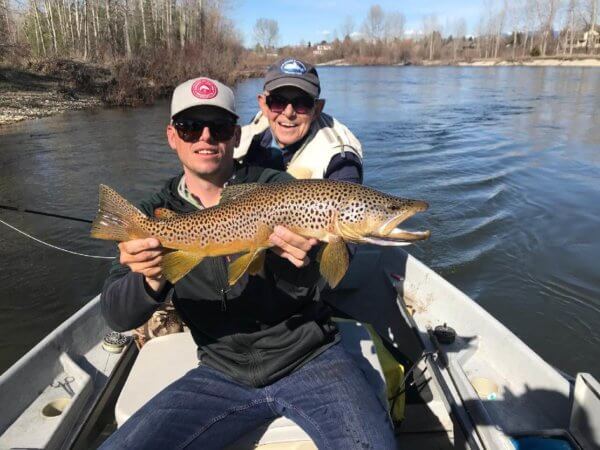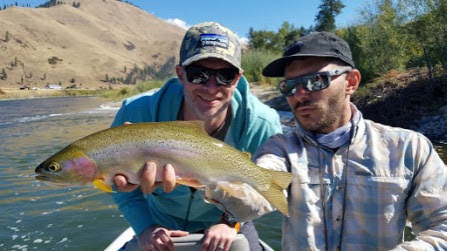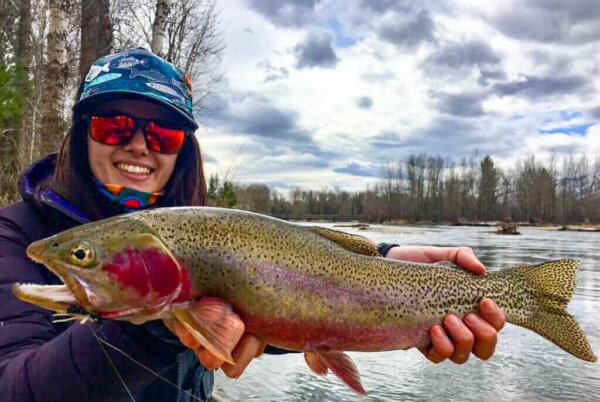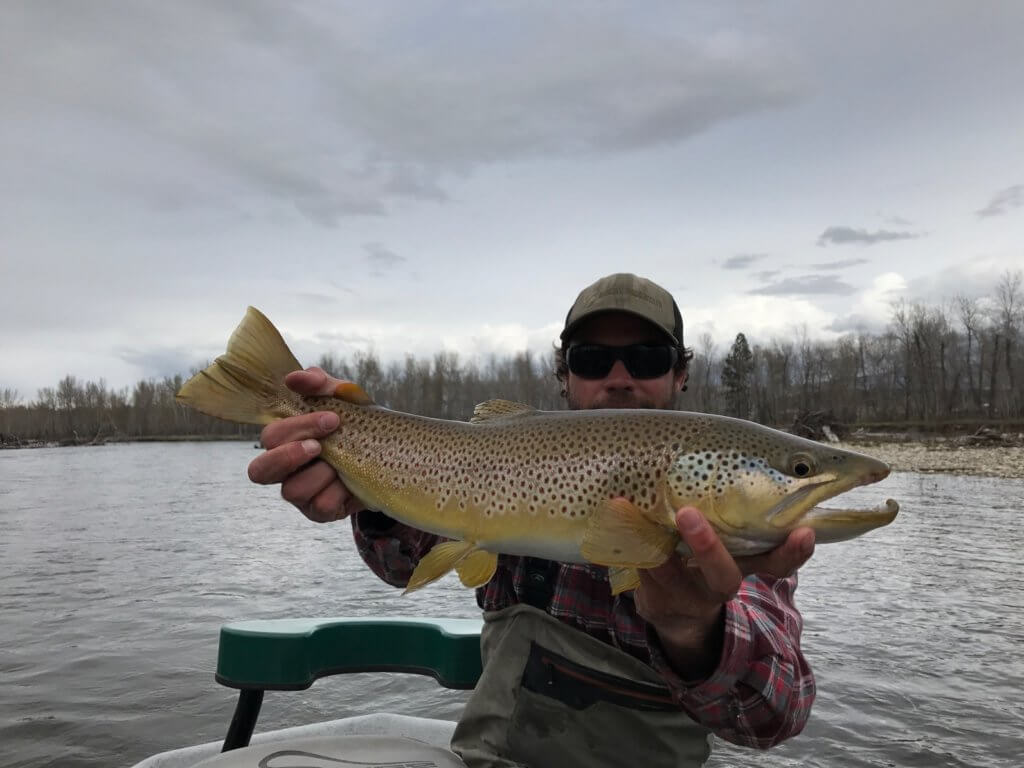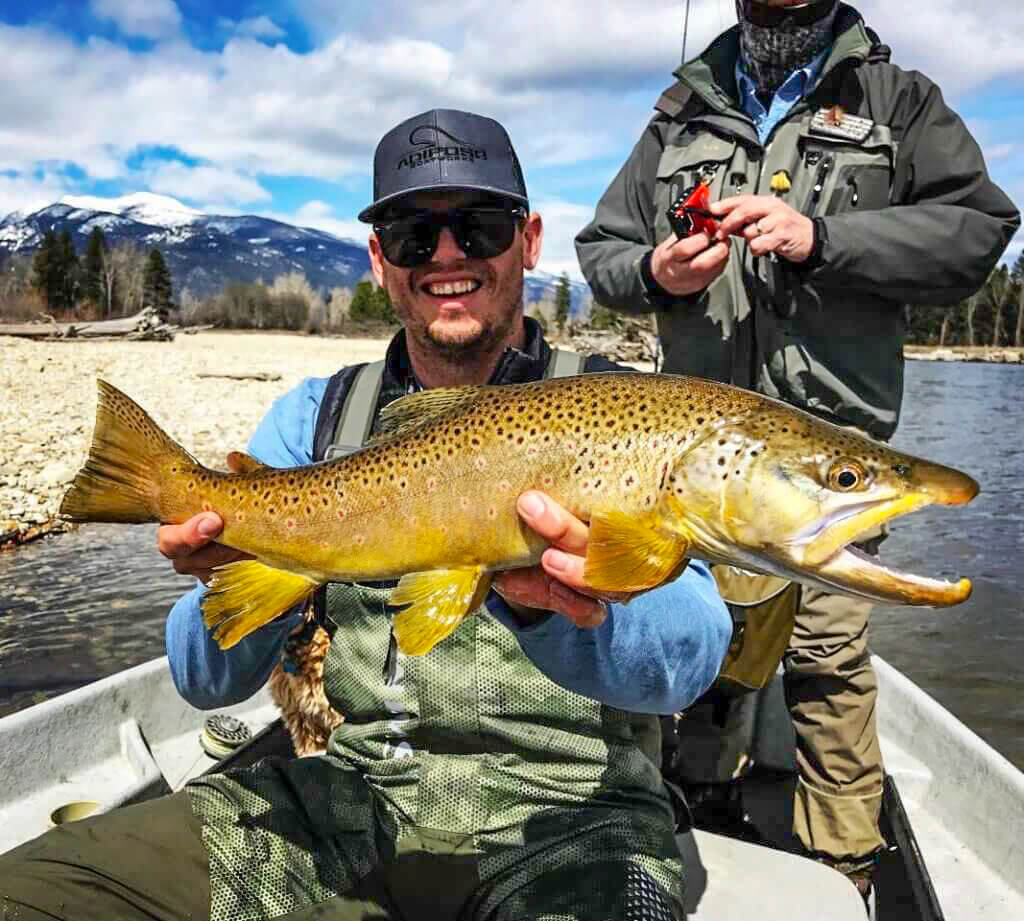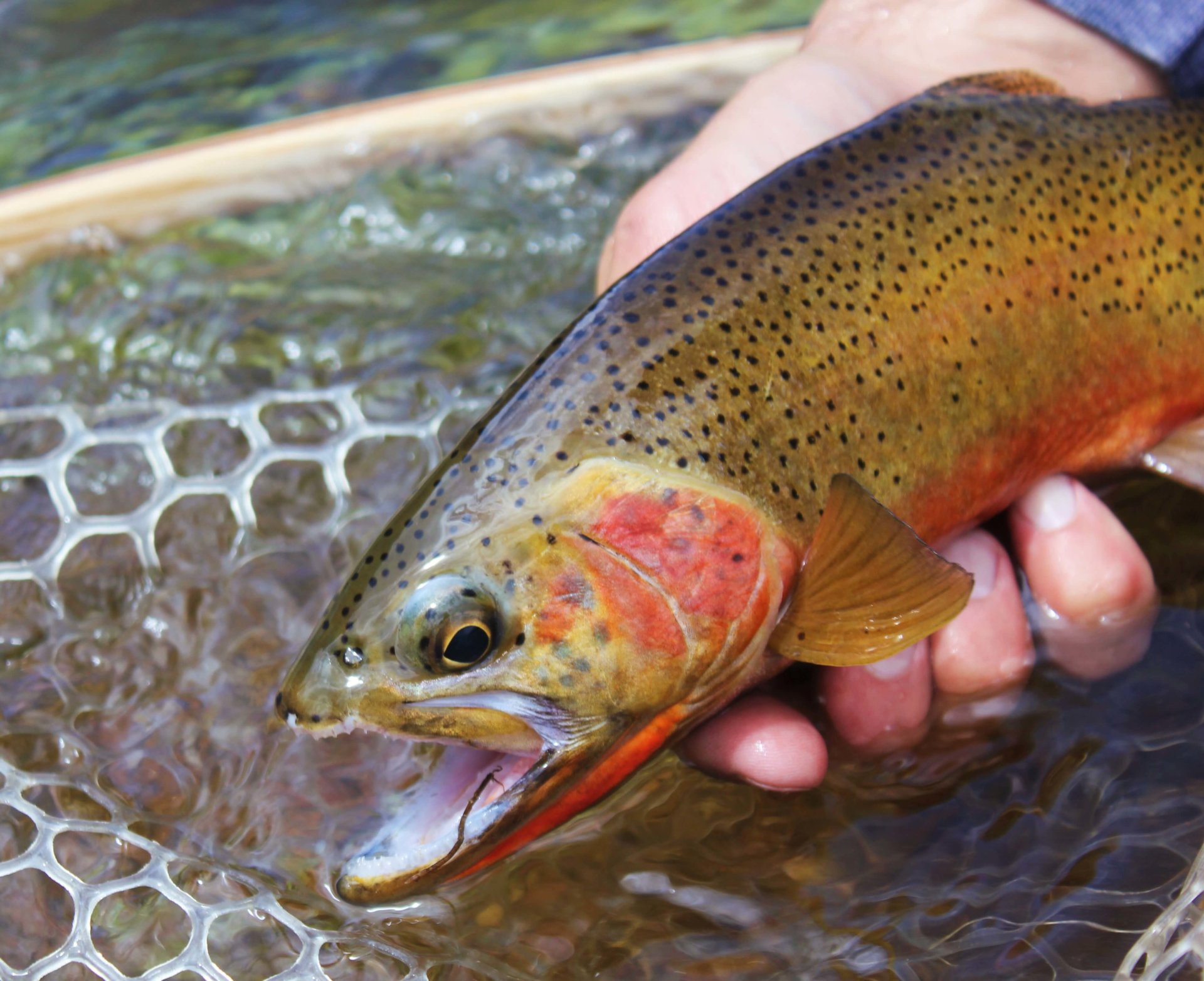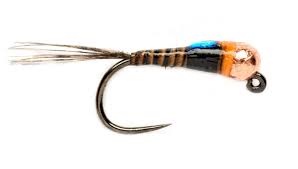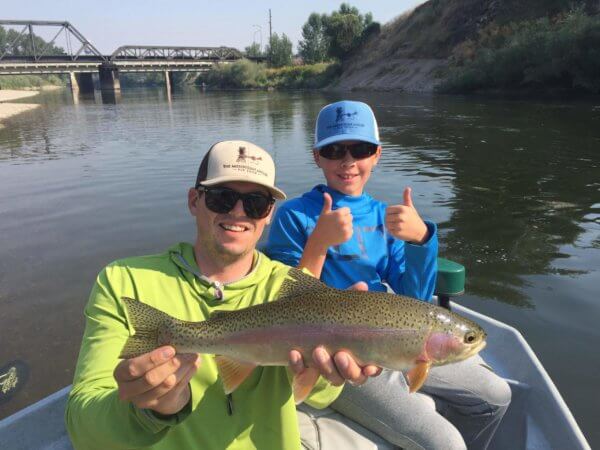Spring is almost here. We see it in the longer days and slightly warmer temps. We start dreaming about the fishing…. will it be awesome? How’s the snowpack, and when’s run-off coming? Will spring be warm or cold? Will 2018’s high water translate into more fish recruitment? How has the Bitterroot river changed over the winter? We can spend hours pondering these questions.
Questions we can’t answer and won’t know the answers to till April 30.
Here’s a suggestion. While wondering about the weather, the hatches and the river, take care of business where you can. Pull out your tackle bag, vest, etc, and take a look. Take some time to do some preseason chores so that your first spring fly fishing trip of the year is enjoyable.
Remember that submerged fence post on the Clark Fork river you wrapped your line around late last fall? It might be time to check the first 30 feet of your fly line for chips, abrasion and just plain wear. While you’re at it, check the welded loop. If the loop is fraying, you might want to replace it. If you don’t want to tie the nail knot, bring it to the Missoulian Angler Fly Shop and we’ll put a leader butt on your line. At a bare minimum, wash the last 30 feet of fly line in soapy water. It will float, mend and shoot so much better.
Take a look at your leaders and tippet. Don’t just check to make sure you still have 3-4-5X, but pull the little elastic aside, and make sure you’re not down to three wraps. If the tippet spools you’re using have different packaging than what’s on display now, it might be time to replace that nylon. Manufacturers change packaging every 5-6 years. That will help you date your tippet! If you’re using fluorocarbon, that doesn’t apply, as it doesn’t degrade. You still have to check under the elastic with fluorocarbon!
Check the laces on your boots. Try and remember if you had a leak in your waders last time you wore them. If you think you did, then check. The easiest way to check for a leak is with a hair dryer and some soapy water. Fill the waders with air using the hair dryer, and then paint the suspect areas with soapy water. If bubbles form in the soapy water, you have a leak. Better to patch now than leak in March.
Open up your reel. If you dunked it last year, it has dirt and scree in it. Get some Q-Tips, and swipe around inside the spindle receiver of the spool. Try to stay away from WD-40, as it gums up in reels. Once you’ve got it cleaned, check manufacturers instructions for lubrication, and do it. A clean reel is a smooth, functional reel, and that pays dividends for the rest of the season. Rattle the handle. If it’s loose, get some Loc-Tite and screw it back on. Make sure the handle rotates before the Loc-Tite sets!
Clean your cooler!! If you have a raft and trailer, do the maintenance there as well.
Take a look at your flies. Take out the shredded streamers and the hackleless dries! If you store your standard dries in foam, pull them out and steam the hackle straight. Use a teakettle and a pair of forceps to accomplish this. Then let the flies dry and put them in a compartment box. Foam and standard hackle don’t mix.
Go through your vest and determine if you really need a third flashlight, or 4 almost empty bottles of Gink. If you want to transfer Gink from one bottle to another, run it under hot water for a minute, it pours better. Look at your net. Check the bag for cracks or torn attachment points. If it’s a Rising Net, drink what’s left in the handle. We have a feeling the rubber stopper doesn’t add to the flavor. Start the year fresh with a new fill, and let the old stuff motivate you through spring maintenance!
Or if your a dedicated angler like shop staff Bryce Hasquet, you fish all winter long!

When rods were made of cane and lines made of silk, this off-season maintenance was critical. But with the ease of care and durability of modern equipment, it’s easy to skip this step. We can’t tell you how many reels come into our Missoula fly shop that squeak when you wind them. Or how often we have to tell people their waders need to be completely dry, and then the Aquaseal takes 24 hours to cure. An ounce of prevention will make your first days on the water enjoyable, dry and effective, instead of damp, annoying and frustrating. It won’t take anywhere near as long as you think it will, and hey, while you’re playing with your tackle, you’ll REALLY be focused on your Spring fly fishing!

